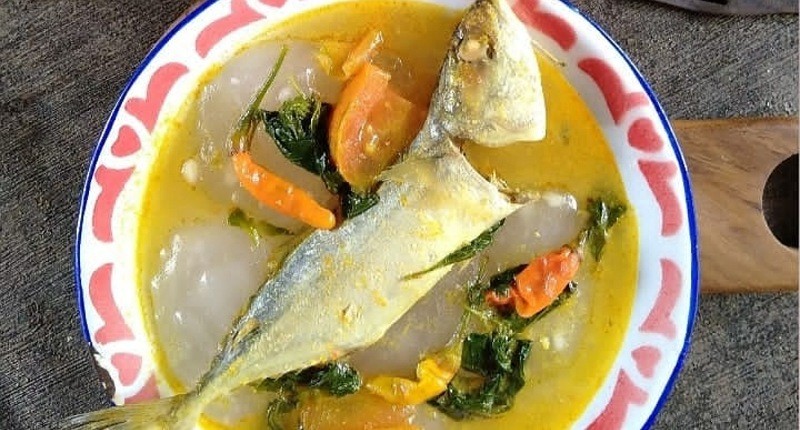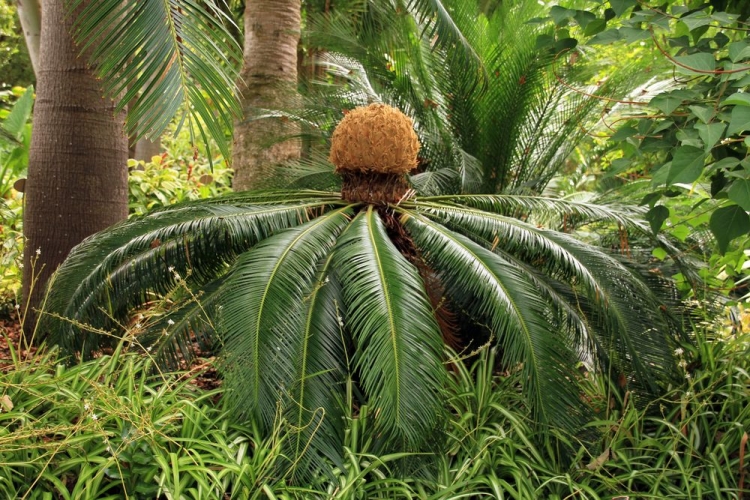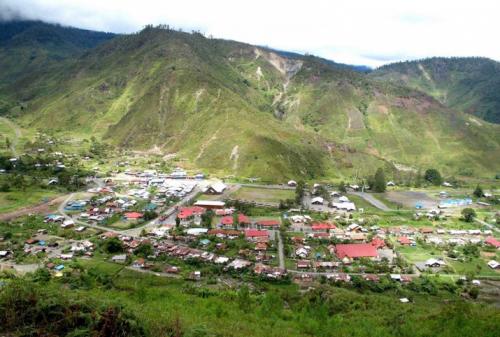
Papeda is a typical food of Papuan, Maluku, and several regions in Sulawesi. This food has a food ingredient that is rarely consumed by Indonesians based on sago. This food has a clear grayish color with a tasteless taste.
Therefore papeda is very suitable to be eaten with yellow soup or cob for a more delicious taste.However, reversed the delicacy of Papeda there is a unique story that is believed by Papuan people why this food is often made into dishes for Papuan people. It is said that this food is often found in Papua, Maluku, and some areas in Sulawesi. For the Papuan people this food is highly respected and sacred because it is often served in traditional ceremonies on the grounds that this food is a form of gratitude offering. This is what a mythological story about Sagu which is based on Papeda.

Sagu is believed to be the human jelmaan of the Papuan tribe. This begins with a mother and her children turning into sago trees after being smeared into a landslide. Therefore Papeda is made special food to be served in the Watani Kame ceremony which is the ceremony of the end of one’s death cycle.
The Inanwatan tribal community also presented Papeda and pork as a welcoming ceremony for the first child. In addition, women who are tattooed on their bodies will be given Papeda to ease their pain.
Whereas in Raja Ampat, sagu was indeed privileged until a special ceremony was held during the sago harvest as a gratitude and respect for the abundant yields that could meet needs.
And on Seram Island, Maluku, for the Nuaulu Papeda tribe was made as food for the ritual celebration of girls’ puberty. The Nuaulu and Huaulu tribes also forbade women who were coming months to cook Papeda because it was considered taboo to boil sago.
The process of processing sago into Papeda porridge generally requires belanga tools. Then, when the boiling water is poured into the sagu essence while stirring until it thickens and there is a change in color. Namely from white to clear grayish. The stirring in this process must be in the same direction until the texture is completely evenly distributed into glue pulp.
A pair of chopsticks or two special forks are used to take and eat Papeda. The method is to roll up to Papeda porridge around chopsticks or forks.
Then put on a plate and ready to be eaten with yellow soup. No need to be chewed, eating Papeda can be immediately swept away and swallowed.
The culinary heritage of Papua and Maluku on this one has various benefits that are useful for the health of the body. Besides being rich in fiber, papeda is also low in cholestrol and nutritious.
Papeda has very good nutrients for the body such as protein, carbohydrates, calcium, phosphorus, iron, and others. In fact, if we routinely consume Papeda it can increase immunity and endurance.
In addition it can also reduce the risk of intestinal cancer, to cleanse the lungs. Benefit-rich sago should be used as a national staple food.


















